- Messages
- 23,549
- Name
- Toby
- Edit My Images
- No
That could well be your issue. Silent is fully electronic shutter and the electronic shutter still takes around 1/60 to 'scroll' across the sensor, so whilst each part of the sensor is only exposed at 1/1250, or 1/2000 etc, you still have to think of the shutter speed being roughly 1/60 and so with moving subjects, or if you're moving it can produce movement in the images.I am using the silent Low continuous mode, electronic shutter I believe. I use that mode to take short bursts of shots, as birds tend to duck and dive a bit.............
If you want electronic first curtain only then you need to use anti-shock mode, but in certain situations this can still cause issues, although I'm yet to experience any
Last edited:


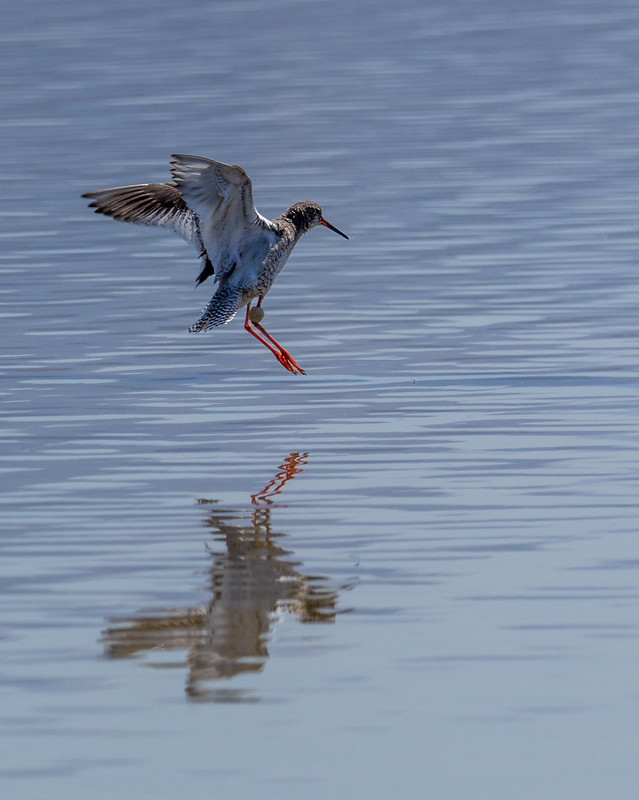 Eilat 2017
Eilat 2017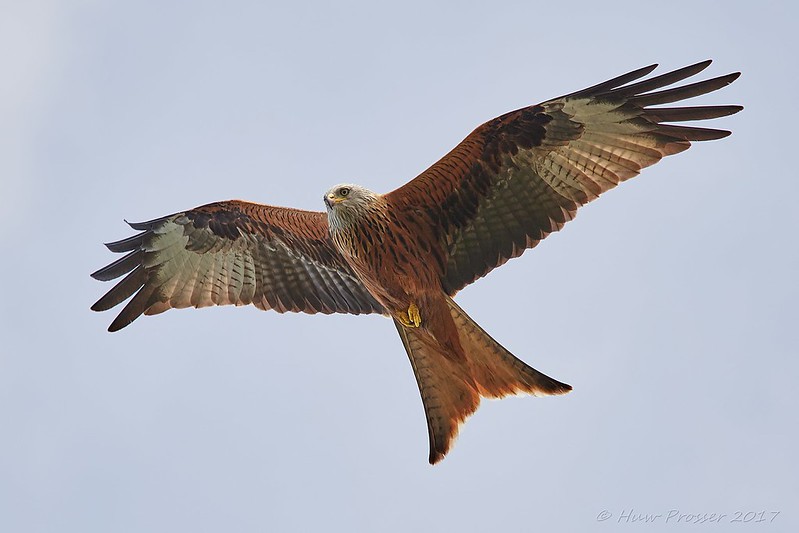 Another close pass
Another close pass
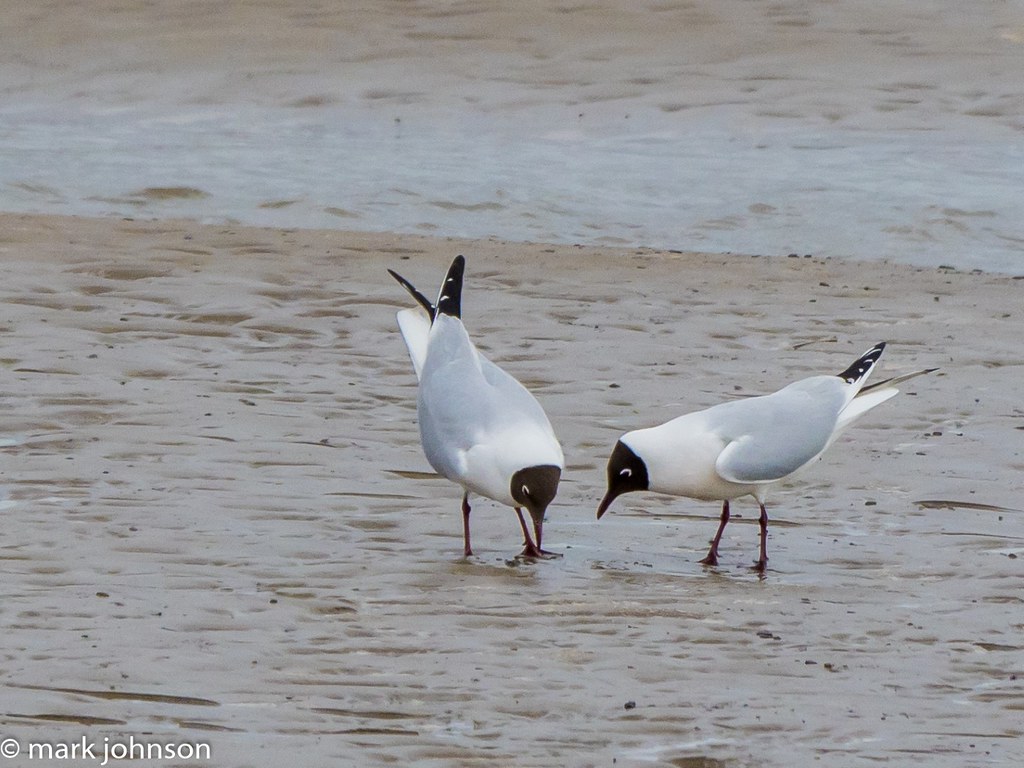 Black Headed Gulls
Black Headed Gulls super pro 896
super pro 896 jean dulamon going sideways
jean dulamon going sideways drifting a pro mod
drifting a pro mod


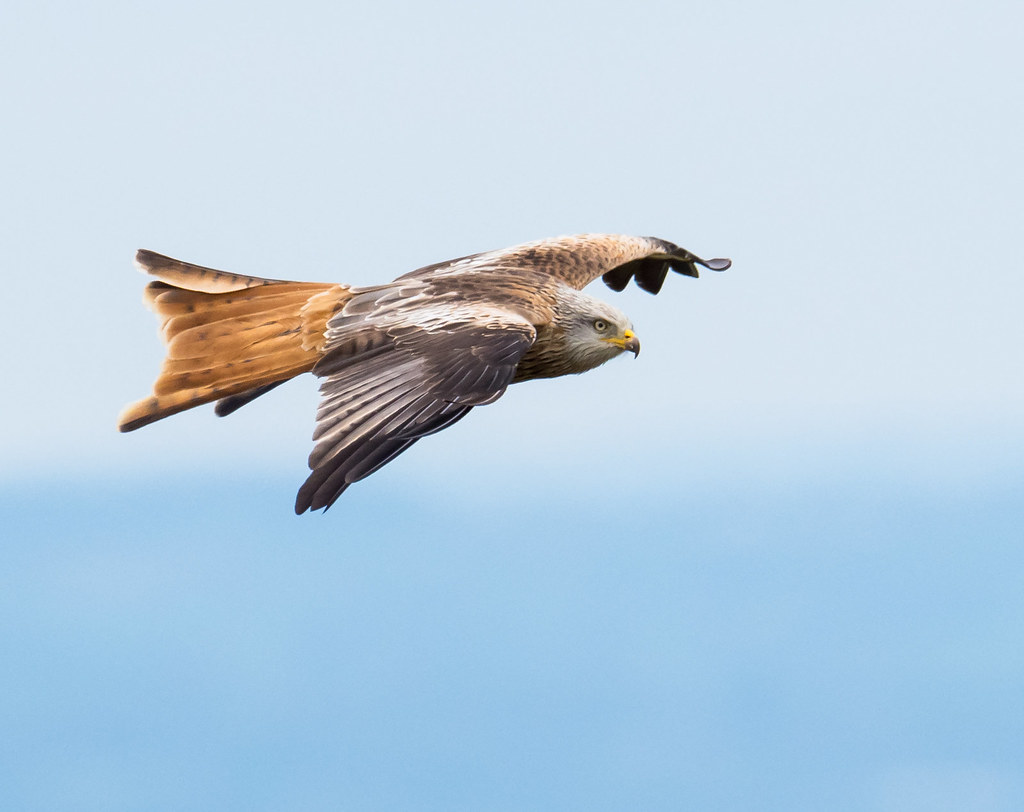 Red Kite
Red Kite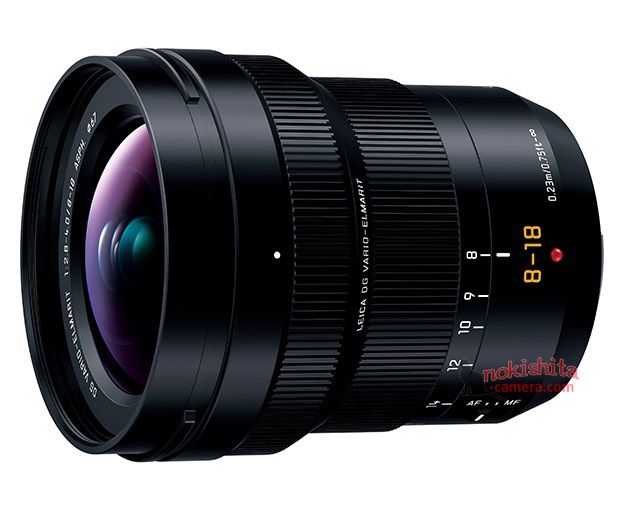

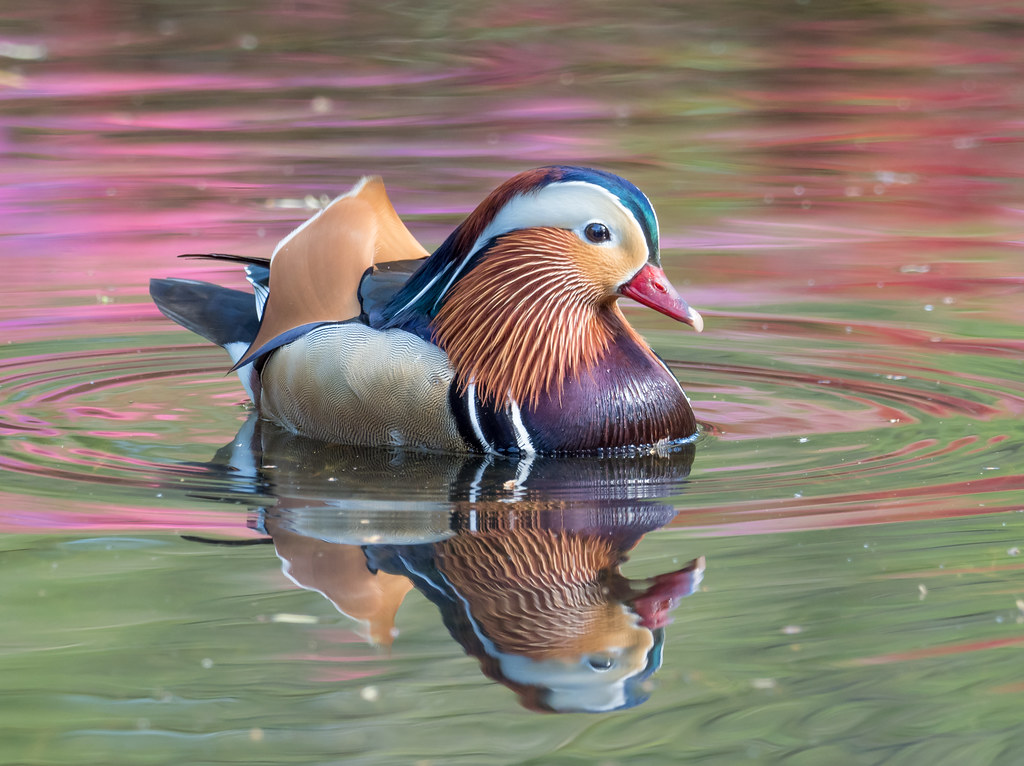 Mandarin
Mandarin